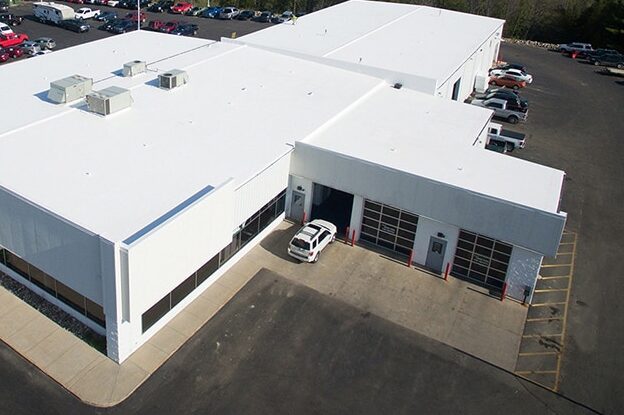
In first-world nations, flat roofs are typically preferred for commercial structures since they offer numerous benefits in terms of space and style. Developing nations are also adopting the flat roof style for their commercial structures in order to follow the trend but to enjoy the beautiful flat roof, an installation has to be done by a professional roofer. However, a lot of individuals are unclear about the benefits they would experience if they employ the flat roof style. The benefits of flat roofing for business buildings are listed below:
The installation and upkeep of a flat roof are simpler than those of a conventional sloped roof. This roof layout is simple to reach and doesn't call for additional safety measures. A flat roof can be climbed without the use of ladders or other tools. The health of the shingles, which can lead to building cracks and leaks if they are not properly maintained, is the main worry with traditional roofing. However, the flat roofing design does not have this issue. First, make sure the drainage system is functioning correctly and is unblocked.
Space is getting more and more limited as the number of businesses rises. The availability of floor space is turning into a major problem, particularly in towns that are business centers. The typical sloppy roof has the drawback of being useless for all purposes. As a result, it is viewed as a place that is a waste with a high opportunity cost. Flat roofs are actually a blessing in disguise. Extra space is provided by the flat roof, which reduces costs significantly. Commercial buildings can install solar panels, install generators, grow rooftop gardens, create party areas, and store extra space, among other things.
Traditional roofing has unquestionably contributed significantly to the advancement of building designs. These typical sloped roofs do not enable much flexibility, though, and are unsightly. The majority of roof designs resembled one another in the middle of the 1970s and early 1980s, and there was little distinction between structures. However, because they enable adjustable designs, flat roof designs have altered the environment. Building owners are now free to select the roof style that best suits their preferences.
Compared to a flat roof, the expense of installing a conventional roof is very high. A flat roof requires less material and is also simpler to construct. Additionally, flat roof construction materials are more reasonably priced in comparison. Because these roofs are less in weight, the building's structural integrity is not as stressed. Depending on upkeep and care, flat roofs can last anywhere between 30 and 50 years. In the case of a typical roof, this is not conceivable. Furthermore, as was already said, flat roofs require relatively minimal upkeep.
The preferred roofing material for commercial structures is now flat roofs. This roof type is simpler and less expensive to build and maintain.
Message us at 519 Knickerbocker Ave, Brooklyn, NY 11221 (718) - 285 - 7841 https://www.bushwickroofingny.com for roofing services.
